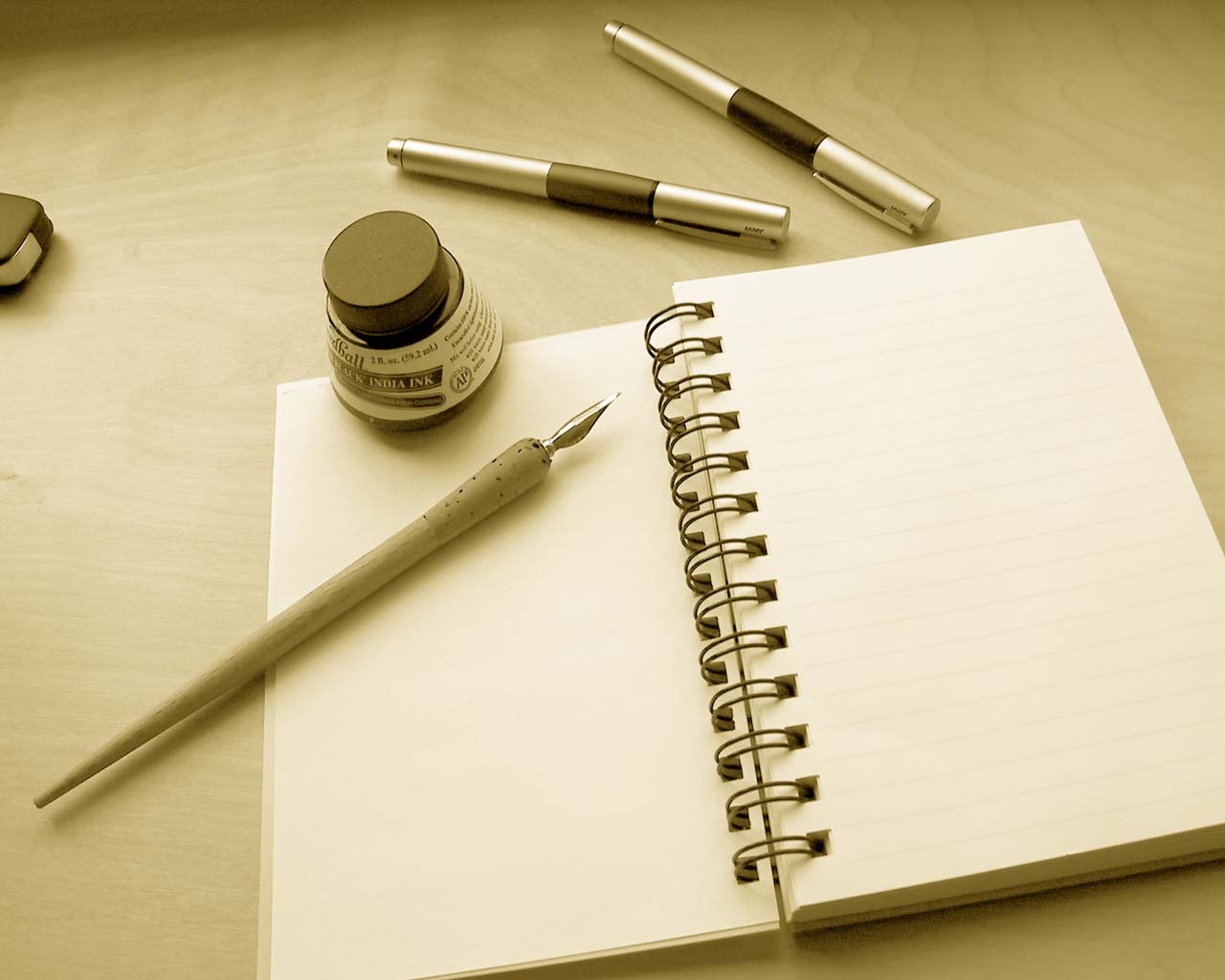How to Write a Traditional Biography

A biography is a book which contains detailed information about the life of a person. It includes the facts related to the education, relationships, work, and death of a person. In addition, it expounds on the person’s experience, which he/she gained in his/her life because of the occurrence of some particular events. Generally, biographical work is non-fictional, but some writers may include elements of fiction to portray the story in a more creative and unique manner. Writing a traditional biography is not easy, as you have to stick to the facts, and be very creative, witty, aware and insightful at the same time.
Things Required:
– Pen and paper
– Computer
– Microsoft Word
Instructions
-
1
Gather information about the person
First of all, you have to gather all the necessary information about the person who is the subject of your writing. You must know that writing a biography is different from writing a curriculum vitae or a resume because it contains the intimate details of the person’s life and his/her feelings towards his/her surroundings. Therefore, you have to know everything about that specific person. The most convenient way to get the essential information about a particular person is to interview him/her. Furthermore, you can take the interviews of the people who are very close to him/her, including family members, friends and colleagues. You must note down all the details about the person without any bias or partiality. -
2
Write your first draft
After gathering all the information, you have to write your first draft. Make sections of your book and start making the outline for each section. For instance, in the section on Education, write an introduction paragraph which contains the general information about the degrees which the person holds, then mention the details of his/her school, college and university in the body of the section. -
3
Take permission before using any other person’s details
Make sure you seek the permission of every person who you are writing about, quoting, or even referring to when writing a biography. Presenting someone in an inaccurate light without having asked them for permission could land you in the courtroom, if you are not careful. -
4
Edit and publish
After writing the biography, you have to edit it. Check all the spellings and correct the grammatical mistakes. Furthermore, it will be better for you to check all the facts and figures used in the biography at least twice before publishing it.







